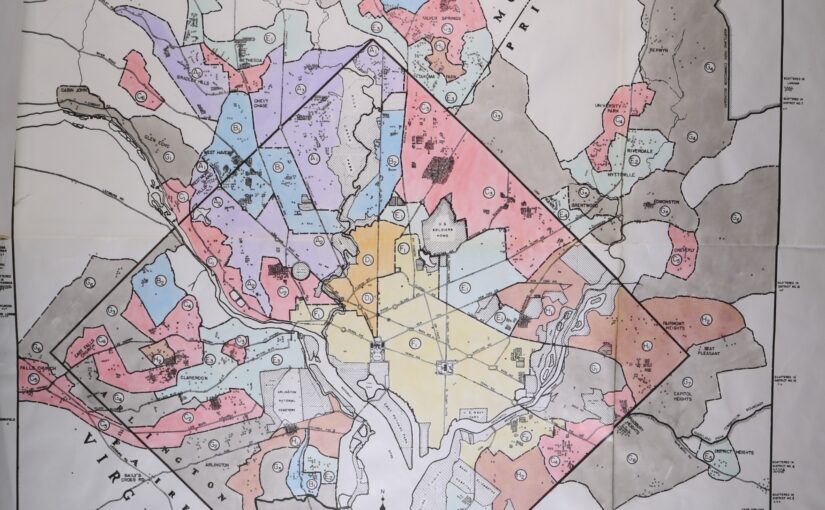So just to get an idea to see if what I am seeing with the Black Homeowners of Truxton Circle is normal, or not, I am comparing them with white home owners. I am looking at blocks that were over 90% white in 1950 but also in the same “red lined” zone, which was F1.
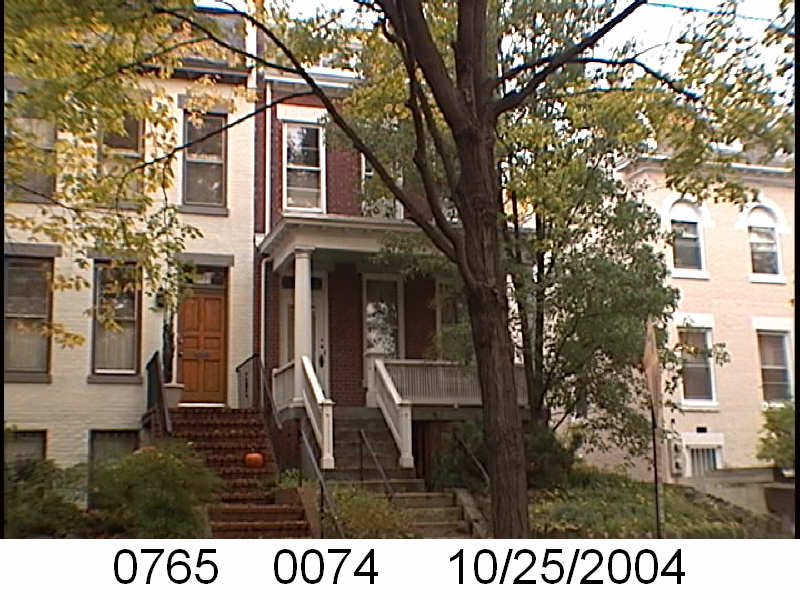
The District of Columbia Recorder of Deeds’ site goes as far back as 1921. The first document for 515 3rd St SE is a 1924 release for a mortgage with the Metropolis Building Association for a 1918 loan under the names of John F. and Joanna A. Robey. The next and last document is a June 1953 deed where the surviving spouse Joanna sold the property to Catherine A. and John C. Hartman.
John Fairfax Robey died February 25, 1953 and according to his obit he lived a good long life:
John F. Robey, 90, Retired Railroader, Dies After Home Fall
John F. Robey, 90, retired veteran railroad man, died Wednesday at Casualty Hospital. He had suffered a fall earlier at his home, 515 Third street S.E.
Mr. Robey, who had living in Washington since he was a boy, began his career with the Pennsylvania Railroad in 1881. He was employed as an engineer with the Richmond, Fredericksburg & Potomac Railroad about the turn of the century.
At the time of his retirement in 1932, he was assistant superintendent of motive power for the R. F. & P.
One of the high spots of Mr. Robey’s career was when he piloted the first passenger train across the newly opened Long Bridge over the Potomac River in 1907.
Served on Garfield Train-
Mr. Robey was an engineer wiper on President Garfield’s funeral train in 1881.
While still with the Pennsylvania, as an engineer on the Washington-New York run, he was trapped on the road for 10 days during the blizzard of 1898.
For many years he was foreman of the roundhouse at Potomac Yards.
Mr. Robey, a native of Newport, St. Marys County, Md., had lived for the last 40 years at the Third street address.
Married 63 Years.
He and his wife, the former Johanna Bradshaw, had celebrated their 63d wedding anniversary there last August 1.
In addition to his widow, who is 80 Mr. Robey is survived by two daughters, Mrs. Malvinia Prather 5525 Fourth street N.W., and Mrs. Ethel Fischer, 9703 Bristol avenue, Silver Spring, Md., and four sons, Ralph E. Robey, 2016 Thirty-seventh street N.W.; Joseph O. Robey, 3007 Medway street, Silver Spring; John P. Robey, 7302 Foster street, District Heights, Md., and Paul W. Robey, Newton Center, Mass.
As far as getting information about loans and comparing this to the Truxton Circle home owners, this provides no info.

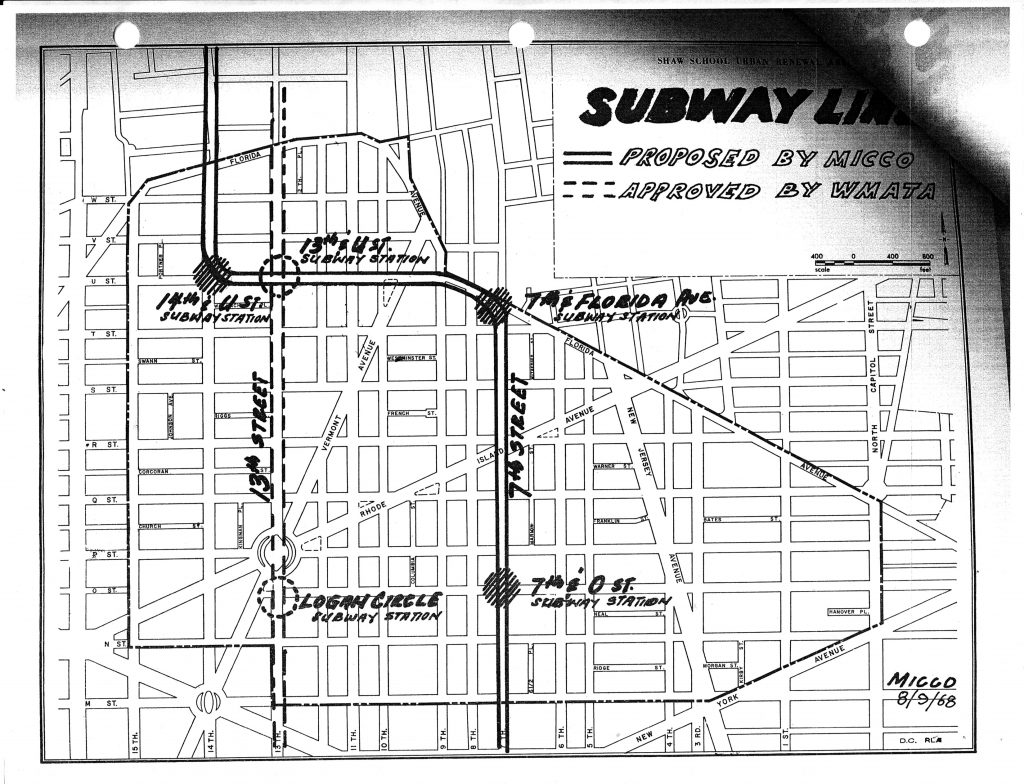

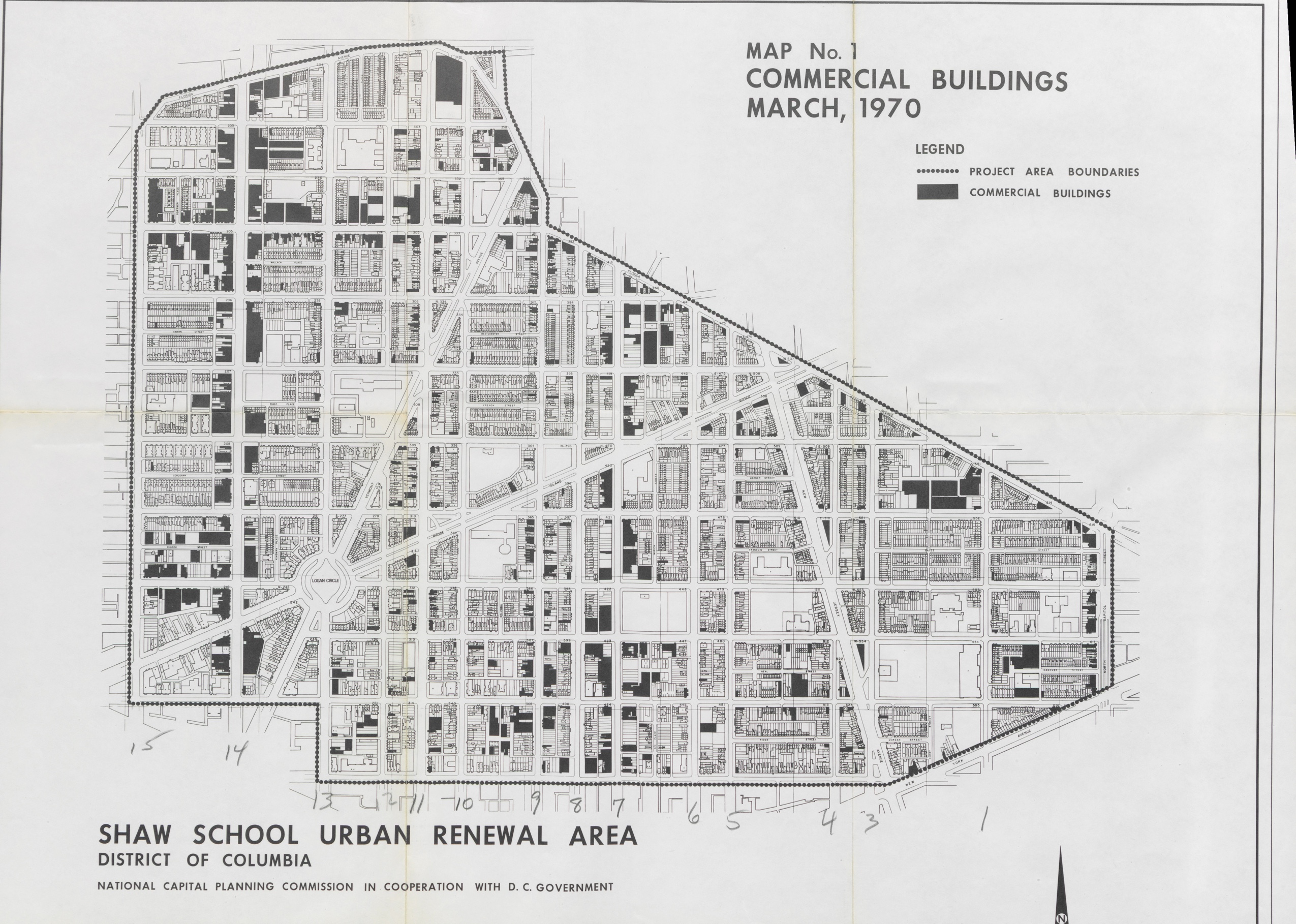
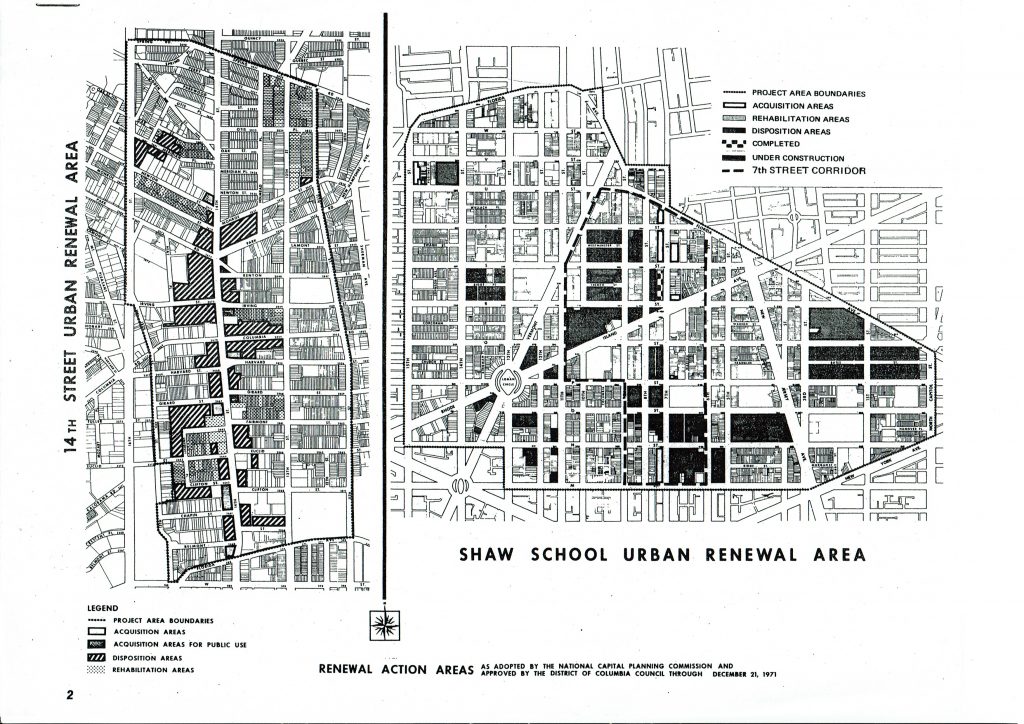
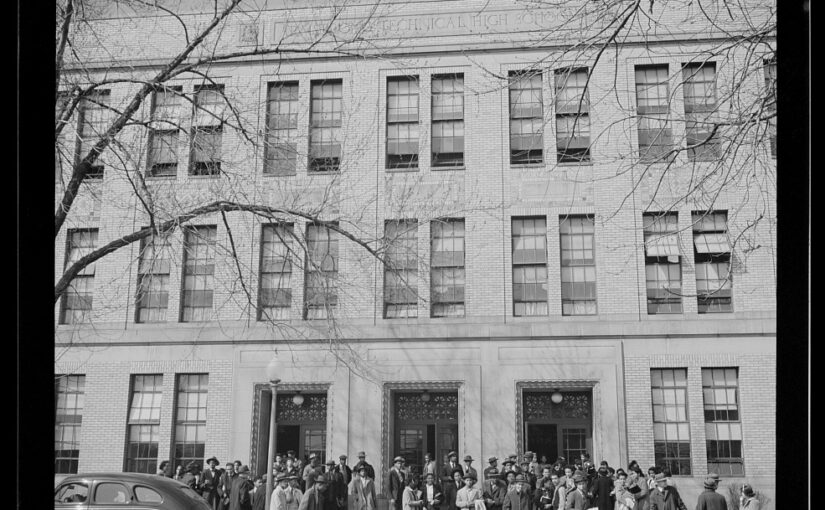
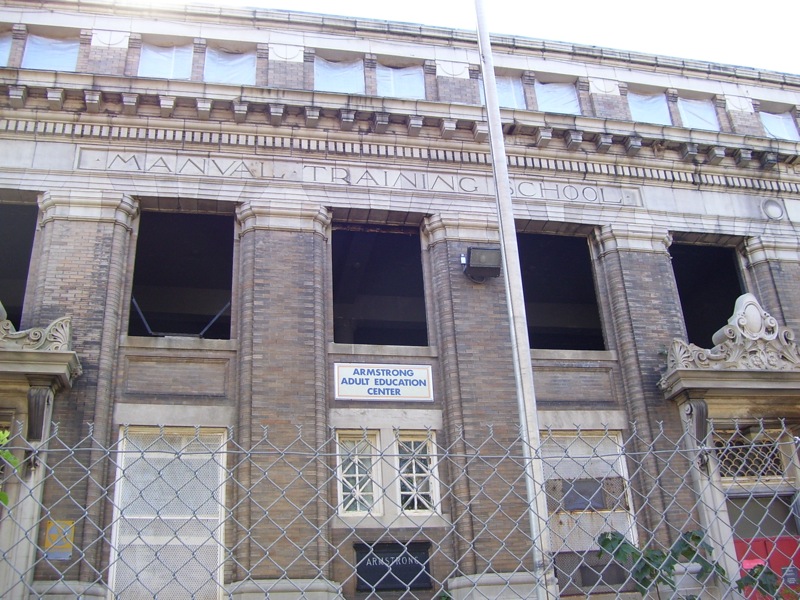

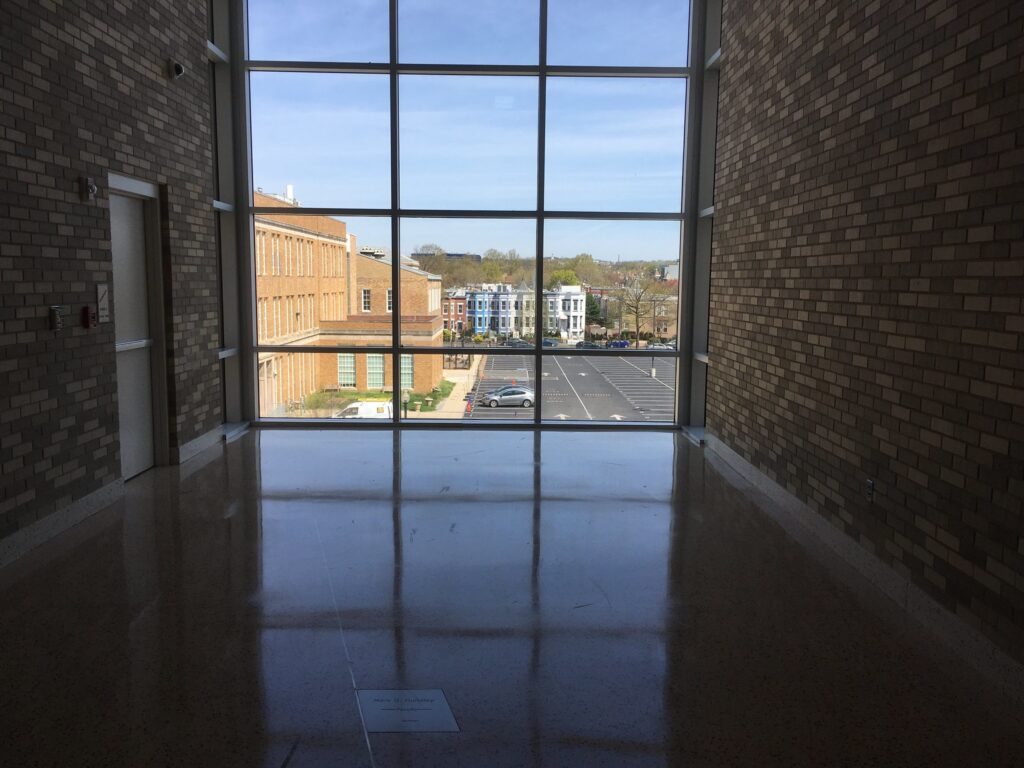
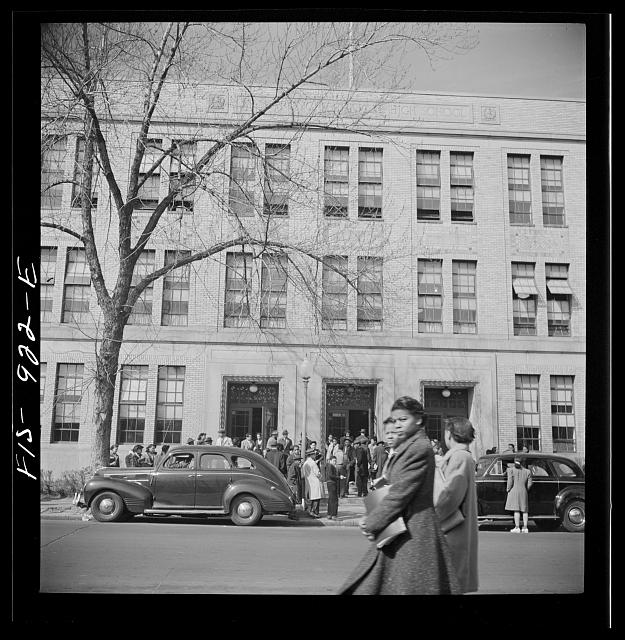
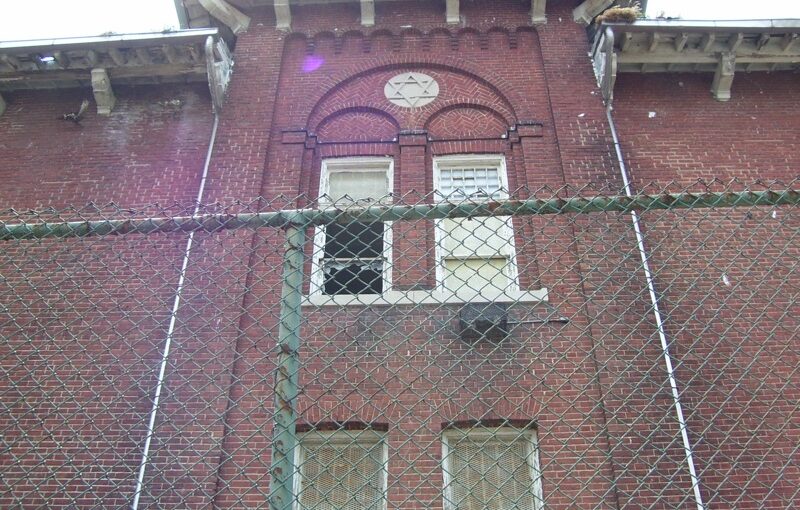
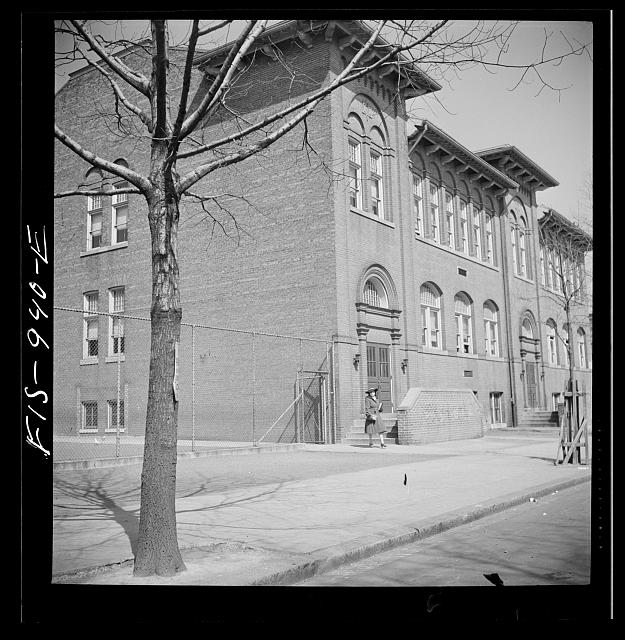
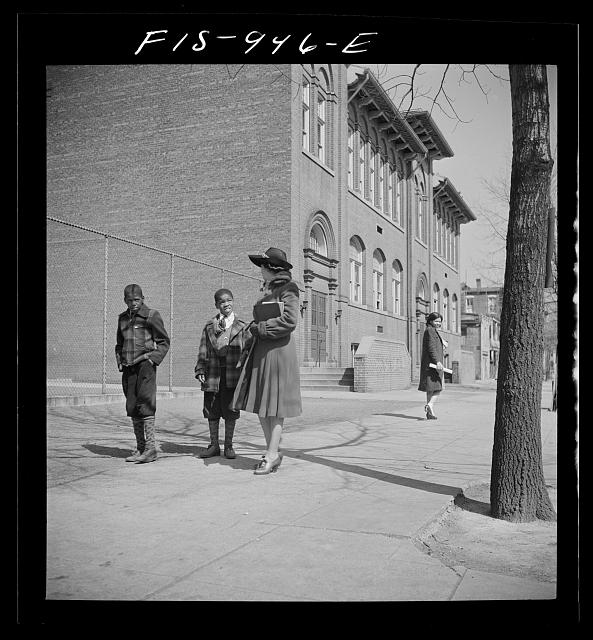
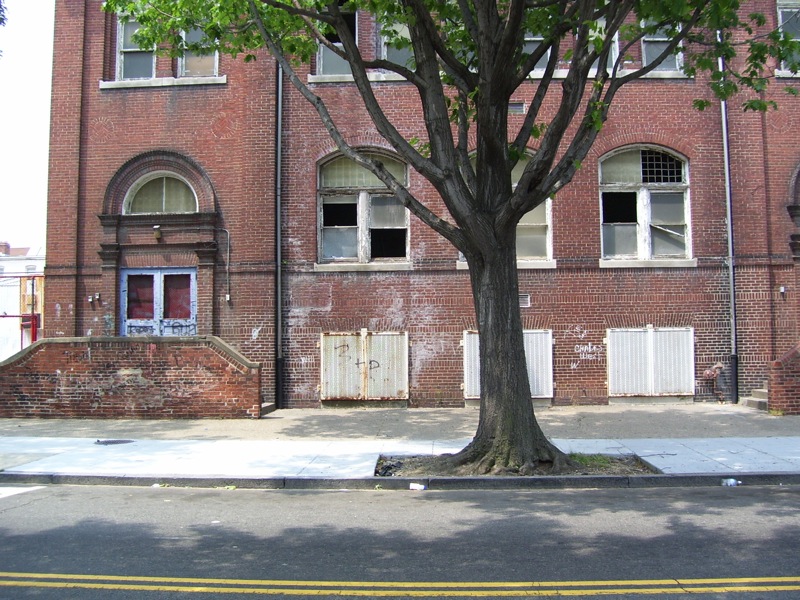
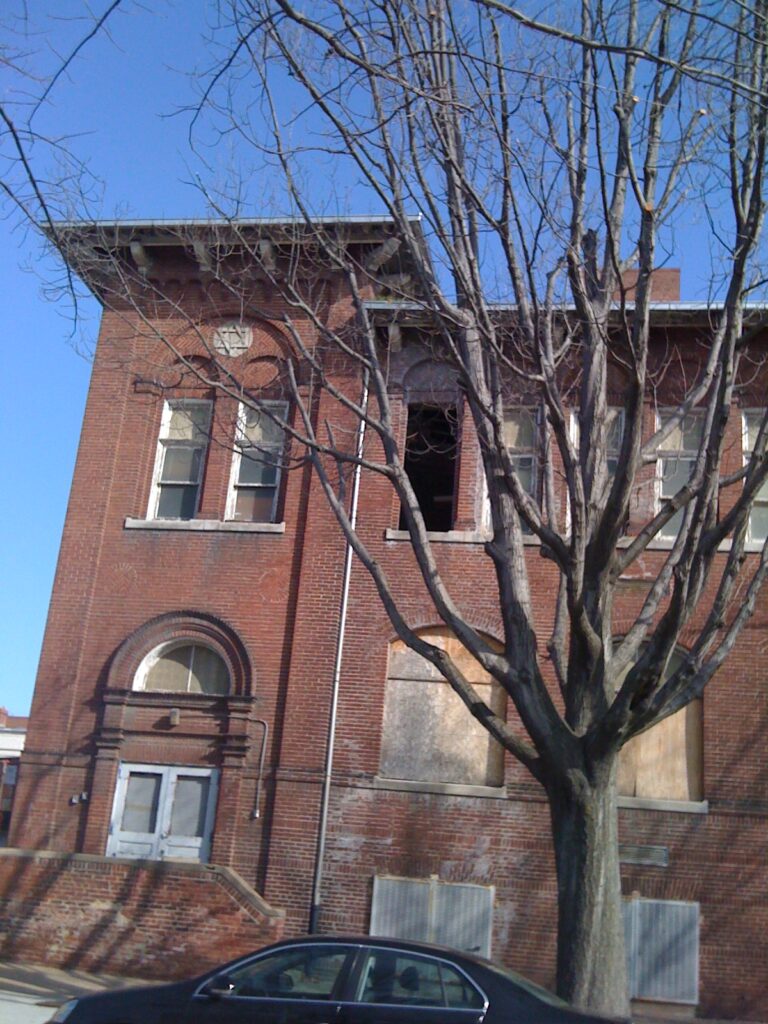
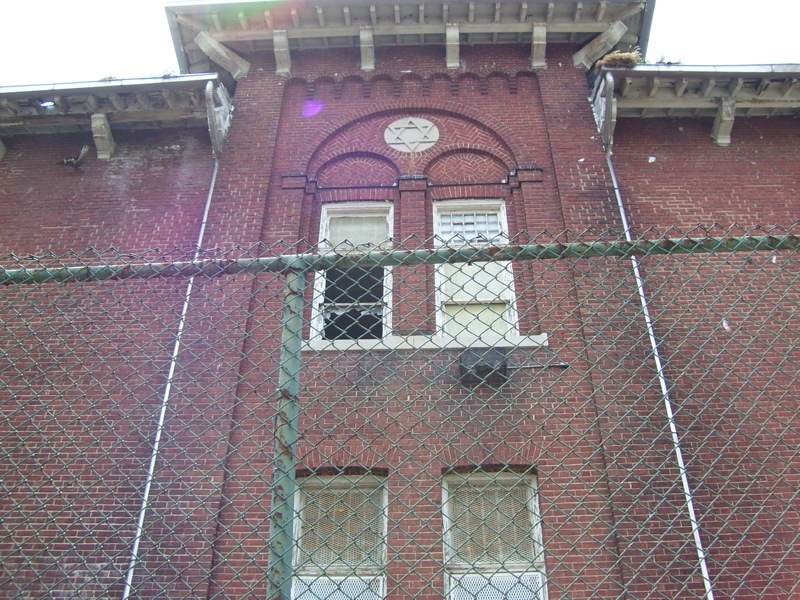
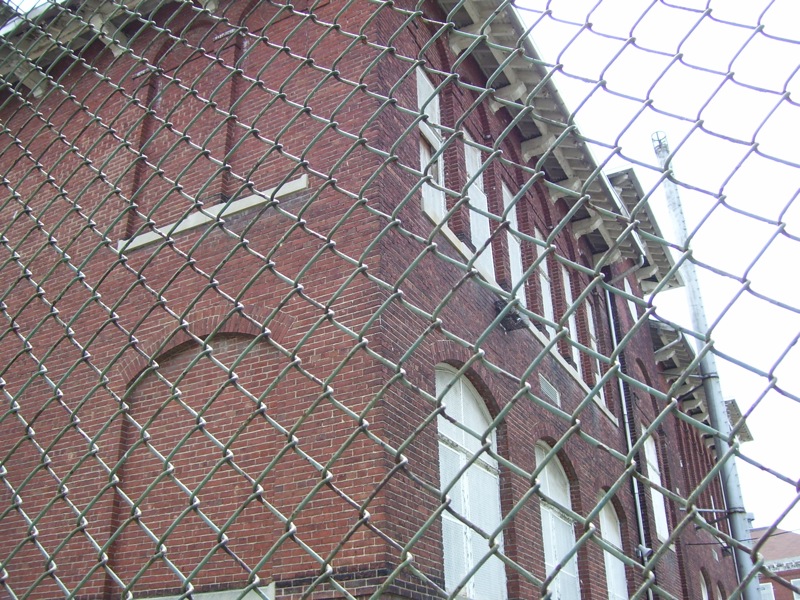
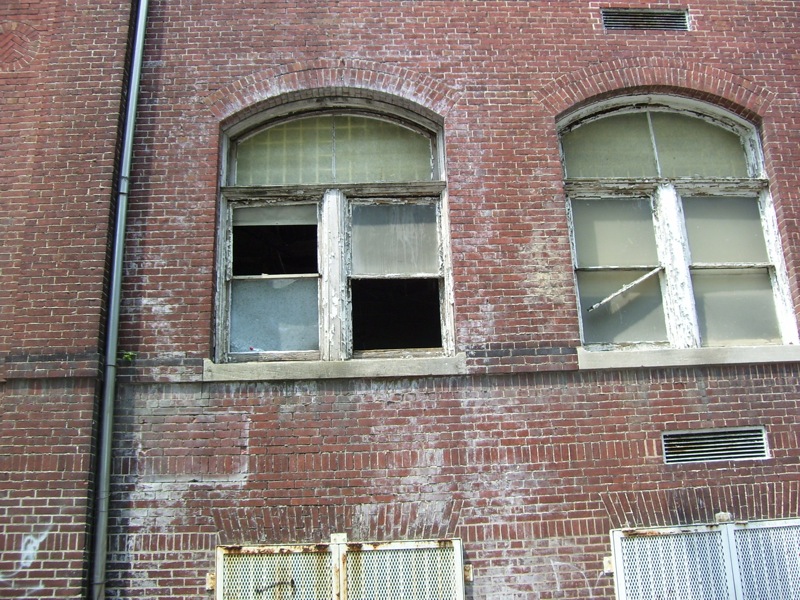
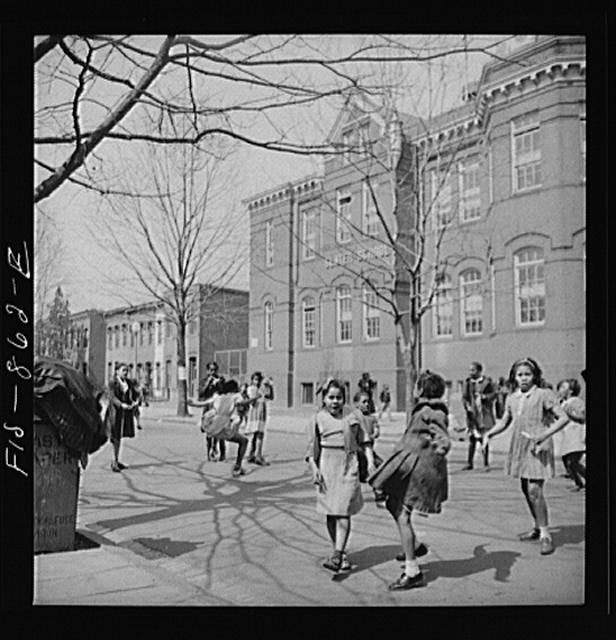
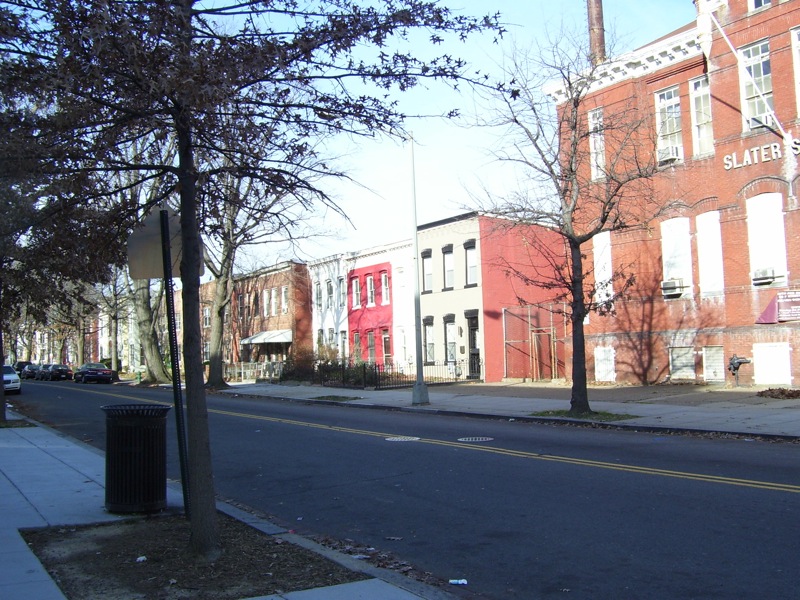

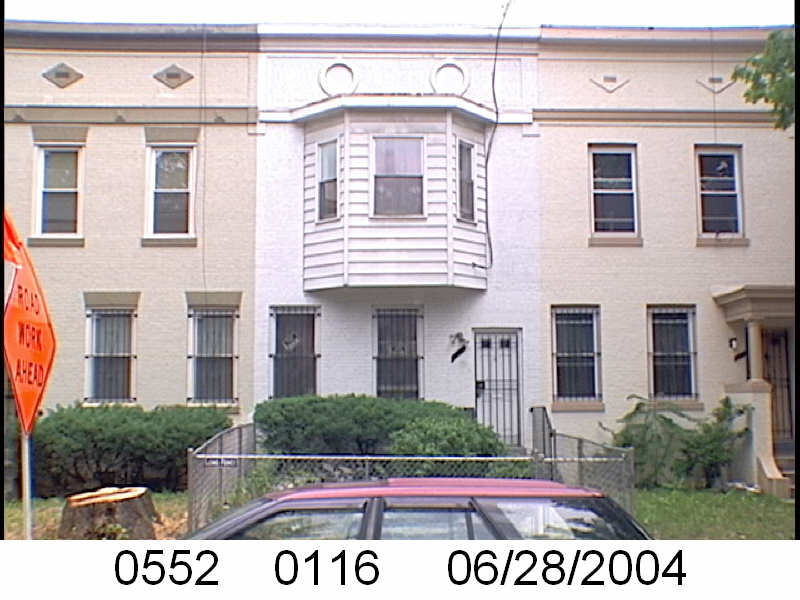 Looking at WSIC properties they tend to have a pattern where the properties were sold to a three business partners, Nathaniel J. Taube, Nathan Levin and James B. Evans as the Colonial Investment Co. for $3 million dollars. Those partners sold to African American buyers. There was usually a foreclosure. Then the property wound up in the hands of George Basiliko and or the DC Redevelopment Land Agency (RLA). Then there was the odd lucky ones who managed to avoid that fate.
Looking at WSIC properties they tend to have a pattern where the properties were sold to a three business partners, Nathaniel J. Taube, Nathan Levin and James B. Evans as the Colonial Investment Co. for $3 million dollars. Those partners sold to African American buyers. There was usually a foreclosure. Then the property wound up in the hands of George Basiliko and or the DC Redevelopment Land Agency (RLA). Then there was the odd lucky ones who managed to avoid that fate.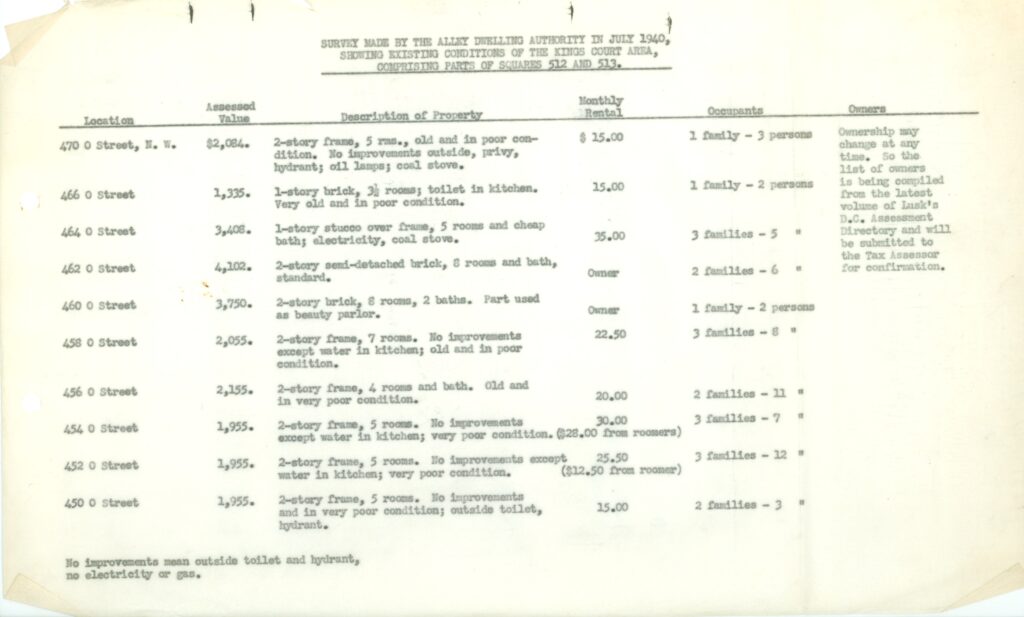
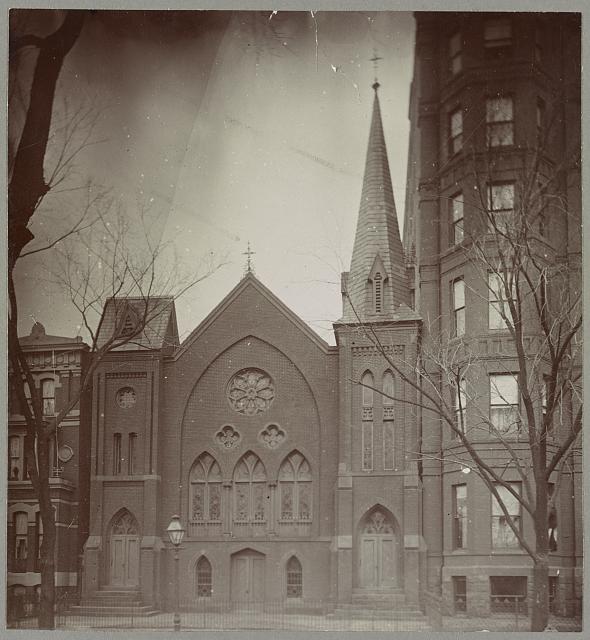
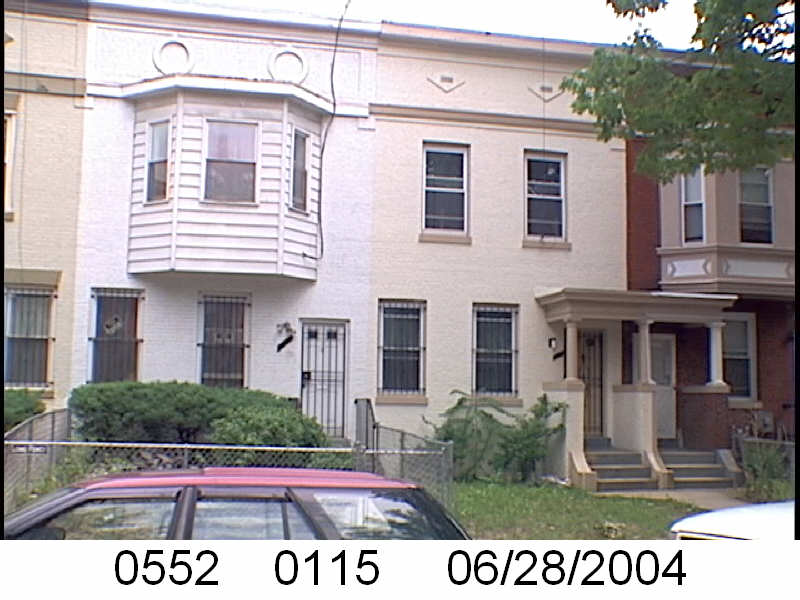 Looking at WSIC properties they tend to have a pattern where the properties were sold to a three business partners, Nathaniel J. Taube, Nathan Levin and James B. Evans as the Colonial Investment Co. for $3 million dollars. Those partners sold to African American buyers. There was usually a foreclosure. Then the property wound up in the hands of George Basiliko and or the DC Redevelopment Land Agency (RLA). Then there was the odd lucky ones who managed to avoid that fate.
Looking at WSIC properties they tend to have a pattern where the properties were sold to a three business partners, Nathaniel J. Taube, Nathan Levin and James B. Evans as the Colonial Investment Co. for $3 million dollars. Those partners sold to African American buyers. There was usually a foreclosure. Then the property wound up in the hands of George Basiliko and or the DC Redevelopment Land Agency (RLA). Then there was the odd lucky ones who managed to avoid that fate.